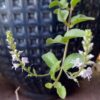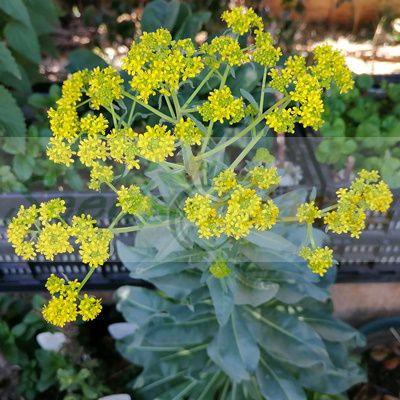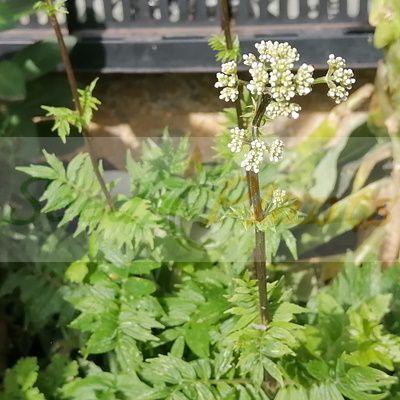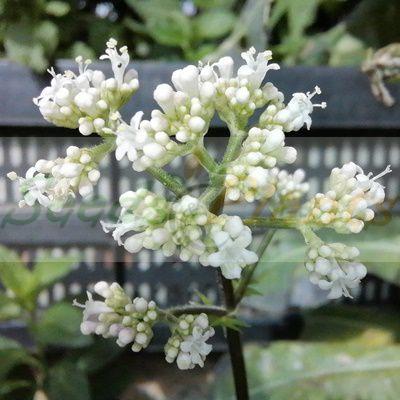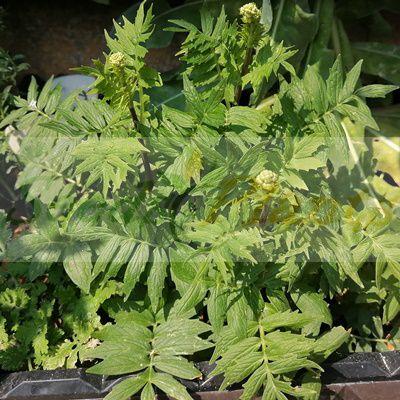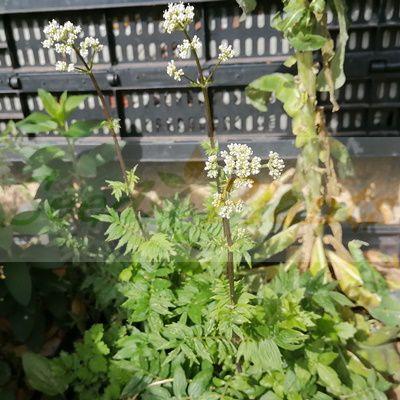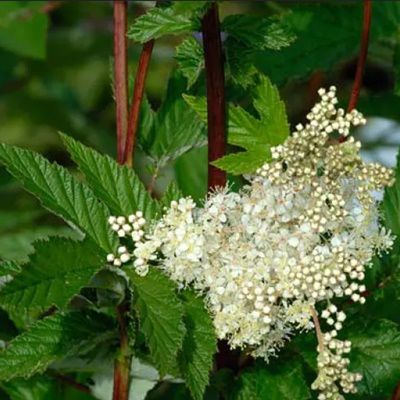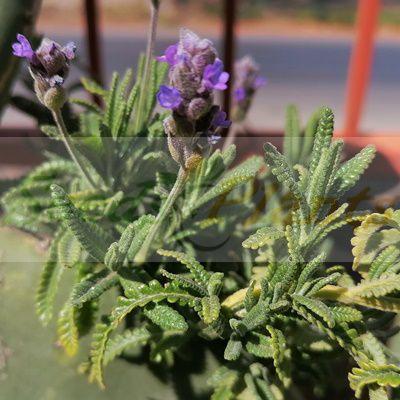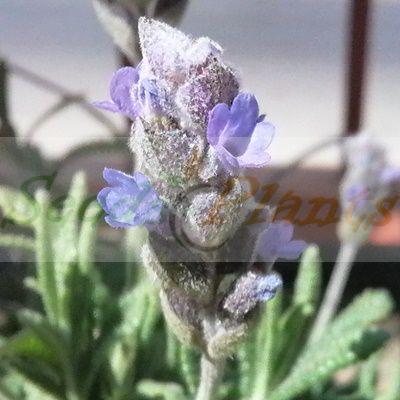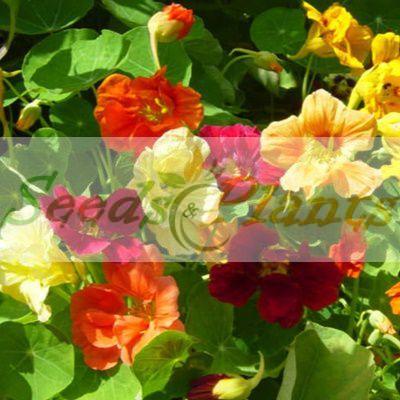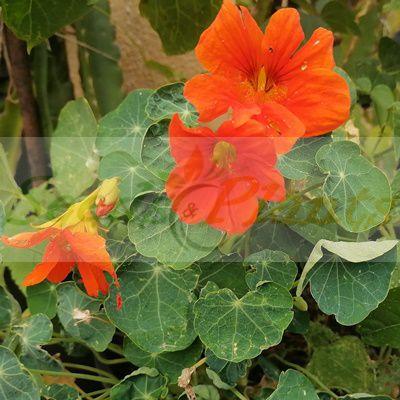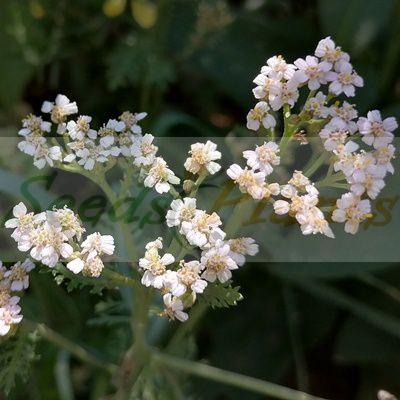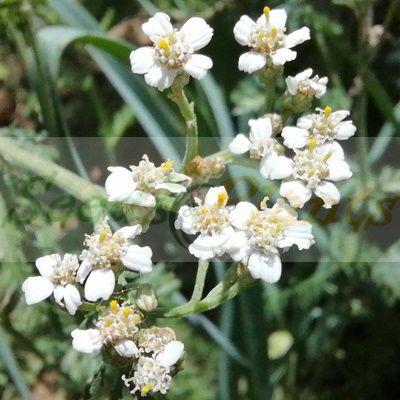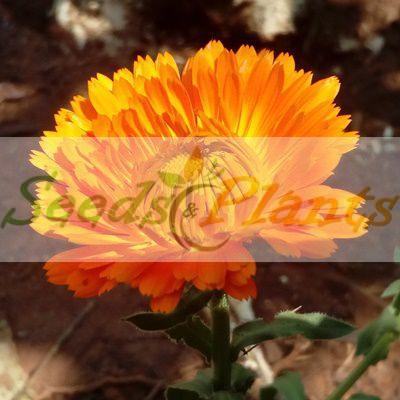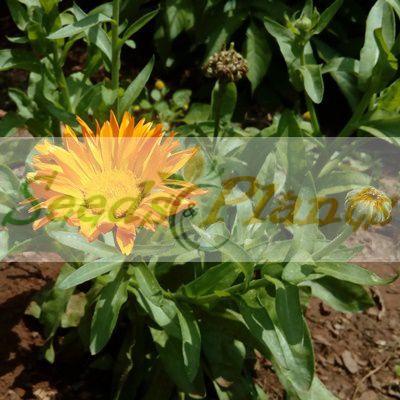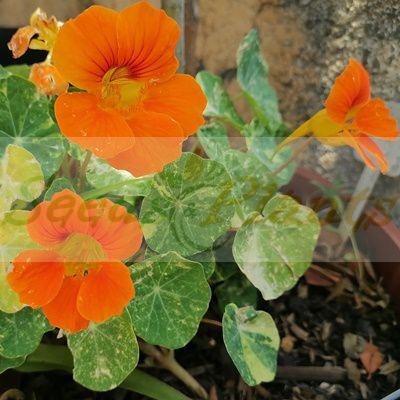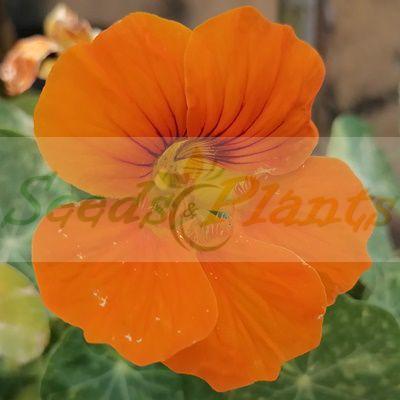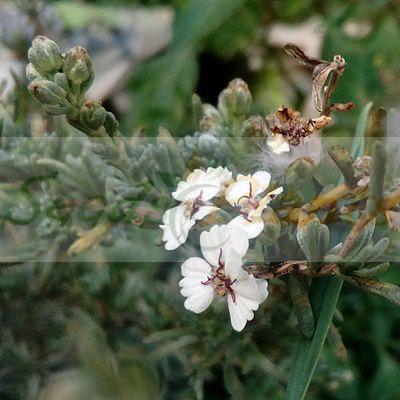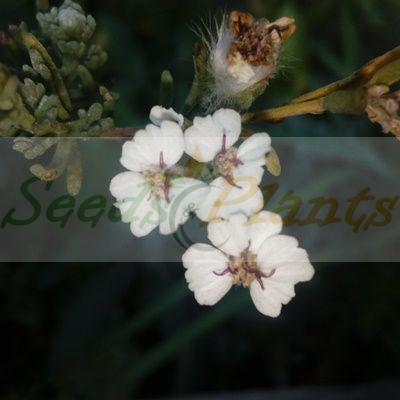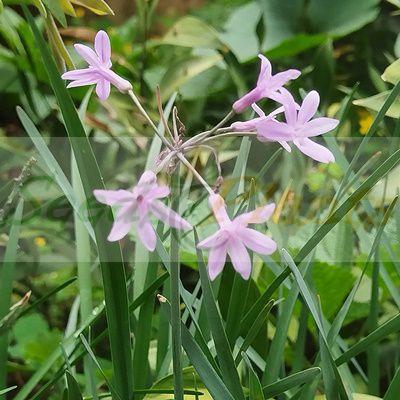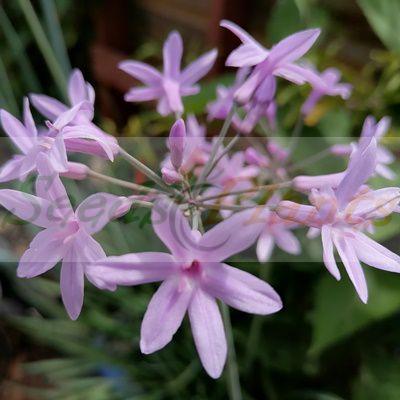-
×
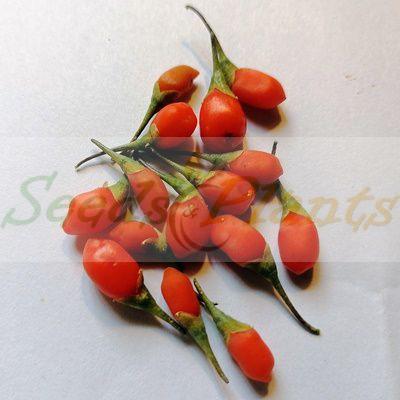 Red Goji Berry - 20 Seeds
1 × R30.00
Red Goji Berry - 20 Seeds
1 × R30.00
Valerian – 10 Seeds
(Valeriana officinalis)
R50.00
In Germany, Valerian is used in more than 100 over-the-counter tranquilizers and is the number one nonprescription sedative in Europe.
Common Names: Valerian, Garden heliotrope and common Valerian.
Seed Type: Organic – Harvested from our own plants.
Indoor Sowing: Late Summer and Mid Spring.
Direct Sowing: Spring
In stock
Valerian (Valeriana officinalis), commonly called garden heliotrope, common valerian or all-heal, is a clumping perennial with scented leaves, stems, flowers and roots. It typically grows in damp locations, but also can be found in drier soils. Leaves are aromatic when bruised.
Valerian grows to a height of 3-4′ and begins blooming early in the season, sometimes in late spring. The pink and white flowers grow in clusters and are favorite of many types of insects.
Valerian Uses
Extracts are used in perfumes, herbal teas and for flavoring in a variety of food products.
Valerian Benefits
Strong-smelling roots yield the drug Valerian which has been used for many years in herbal medicines for treating a large number of problems.
Valerian root is probably best known as a remedy for insomnia. In addition to a sleep aid, it has been used for anxiety, stress, to treat addictions, convulsions, gas, pain, hyperactivity, intestinal cramping, migraines, aggression, nervous exhaustion, coughs, epilepsy, and the flu.
The plants are cultivated in Europe today for producing an over-the-counter tranquilizer. In Germany, Valerian is used in more than 100 over-the-counter tranquilizers and is the number one nonprescription sedative in Europe.
It has also described as a nervine, hypnotic, antispasmodic, emmenagogue, nervous system tonic, sedative, stomachic, expectorant, mild anodyne, and a smooth muscle relaxant.
Not for use during pregnancy or lactation.
Growing Valerian from seed
Indoor Sowing: Late Summer and Mid Spring.
Direct Sowing: Spring.
- Use a good seed starting mix or else make your own mix with coco peat and fine potting soil.
- Surface sow the seeds and then lightly tamp them into the soil surface and do not cover them with soil, as the seeds need light to germinate.
- Keep the soil moist by using a spray bottle or watering from the bottom of the tray.
- Place the tray or container in a sunny spot.
- Maintain a soil temperature of 15° to 21°C for optimal germination. Germination in about 2 weeks to 1 month.
- The plant prefers moist, rich loam soil, but performs well in average garden soils,
- The soil should be kept moist and it should be well draining.
- The plant grows best in full sun and will tolerate some light shade, but stems may flop as the amount of shade increases.
- Plants generally thrive in cool summer climates.
- It makes a great garden plant and helps nearby plants by stimulating phosphorus and earthworm activity.
- A decoction made from the roots and sprayed on the ground will attract earthworms.
Related products
Lavender French Royal Crown – 20 Seeds
(Lavandula Dentata var. Royal Crown)
R30.00
Only 3 left in stock

